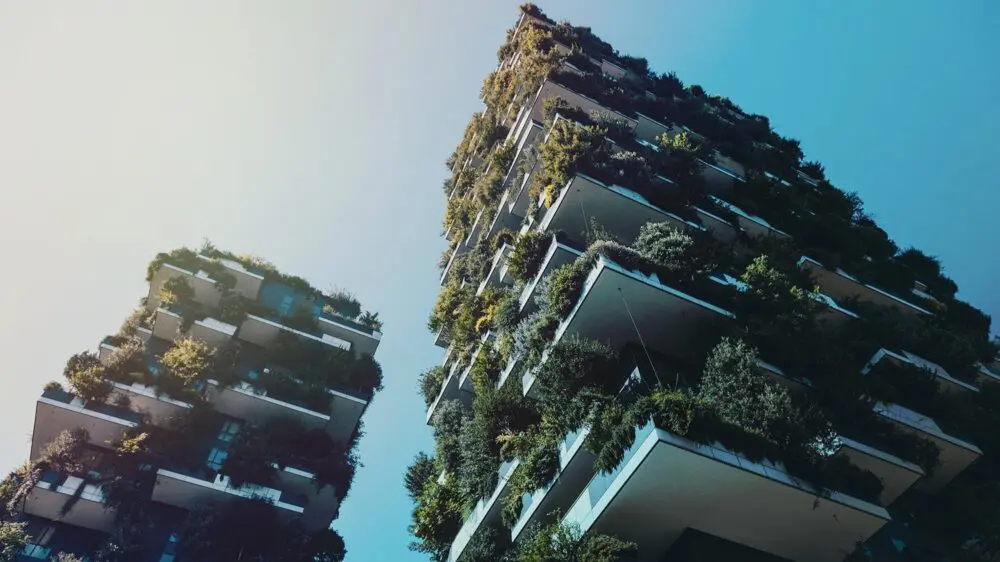Urban development is evolving at a breakneck pace, blending technology, sustainability, and human-centric design to create vibrant, resilient cities.
As we step further into the 21st century, the landscape of our urban environments is undergoing significant transformation.
In this article, we will explore six innovative trends that are shaping the future of urban development, making our cities smarter, greener, and more livable.
For more insights on urban living and development, visit Meyer Blue.
Smart Cities: Integrating Technology for Efficiency
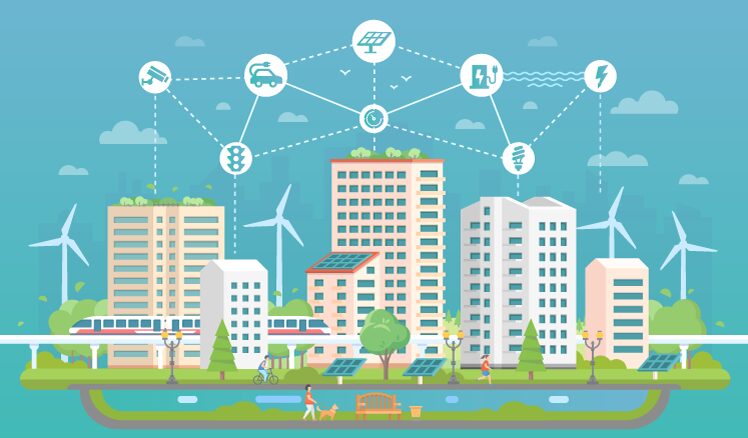
Source: futureurbanism.ae
The concept of smart cities has moved from futuristic ideal to present-day reality. Cities worldwide are integrating advanced technologies to enhance urban life, focusing on efficiency, sustainability, and quality of life. These technologies include IoT (Internet of Things) devices, big data analytics, and artificial intelligence.
IoT devices are now ubiquitous, embedded in everything from streetlights to water systems, enabling cities to monitor and manage resources in real-time. For instance, smart traffic management systems can reduce congestion by adjusting traffic light patterns based on real-time traffic data. Similarly, smart grids optimize electricity distribution, reducing waste and improving reliability.
Data analytics plays a crucial role in smart cities, helping urban planners and policymakers make informed decisions. By analyzing data collected from various sources, cities can identify trends and anticipate issues before they become problems. This proactive approach not only enhances efficiency but also improves the overall quality of urban life.
Sustainable Urban Design: Building for the Future
Sustainability is at the heart of modern urban development. As the global population grows and urbanizes, the need for sustainable living solutions has never been greater. Sustainable urban design focuses on minimizing environmental impact while enhancing the quality of life for residents.
Green building practices are a cornerstone of this trend. Buildings are designed to be energy-efficient, using materials that have a lower environmental impact. Features such as green roofs, solar panels, and rainwater harvesting systems are becoming standard in new developments. These buildings not only reduce energy consumption but also provide healthier living environments.
Public spaces are also being reimagined with sustainability in mind. Urban planners are prioritizing green spaces, creating parks and gardens that serve as urban oases. These green spaces not only enhance the aesthetic appeal of cities but also contribute to the health and well-being of residents by providing areas for recreation and relaxation.
Mixed-Use Developments: Blurring the Lines
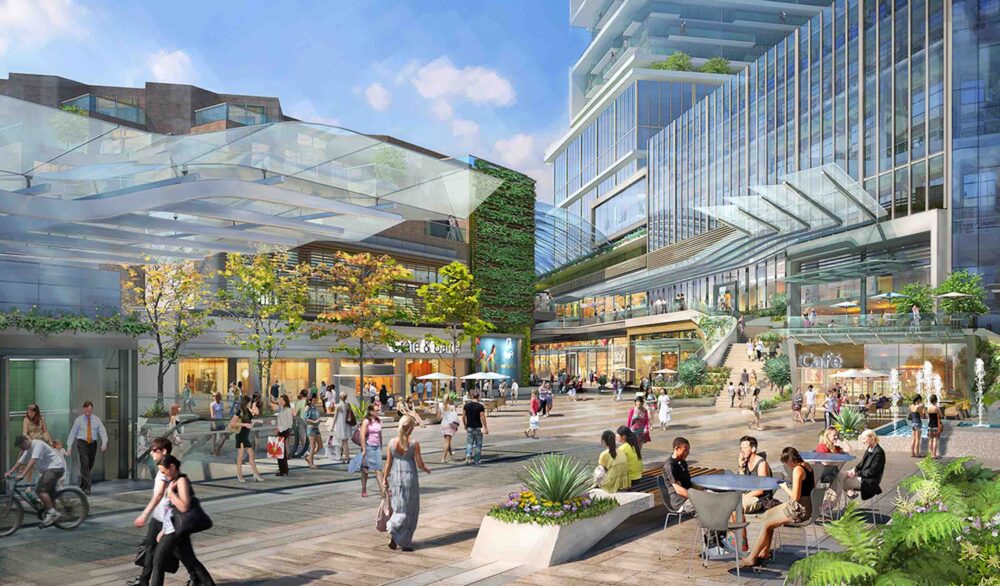
Source: stantec.com
The traditional separation of residential, commercial, and industrial zones is being replaced by mixed-use developments that blend living, working, and leisure spaces. This approach reflects the changing lifestyle preferences of urban dwellers who seek convenience and a sense of community.
Mixed-use developments create vibrant neighborhoods where residents can live, work, and play without the need for long commutes. These developments often include residential units, office spaces, retail shops, restaurants, and entertainment venues within walking distance. This not only reduces the need for transportation but also fosters a sense of community and interaction among residents.
Moreover, mixed-use developments are designed to be pedestrian-friendly, with walkable streets, bike lanes, and easy access to public transportation. This promotes a healthier, more active lifestyle and reduces the reliance on cars, contributing to lower emissions and improved air quality.
Affordable Housing: Addressing Urban Inequality
One of the biggest challenges in urban development is providing affordable housing. As cities grow, housing prices often rise, making it difficult for low and middle-income families to find affordable homes. Innovative solutions are being developed to address this issue and ensure that cities remain inclusive.
One approach is the use of modular construction, which allows for quicker and more cost-effective building processes. Prefabricated modules are constructed off-site and then assembled on location, reducing construction time and costs. This method is being used to create affordable housing units that are both high-quality and affordable.
Another strategy is the implementation of inclusionary zoning policies, which require developers to include a certain percentage of affordable units in new residential projects. This ensures that affordable housing is integrated into all neighborhoods, promoting diversity and inclusivity.
Additionally, public-private partnerships are playing a key role in developing affordable housing. By collaborating with private developers, governments can leverage additional resources and expertise to create affordable housing projects. These partnerships often include incentives such as tax breaks or subsidies to encourage private investment in affordable housing.
Resilient Infrastructure: Preparing for the Unexpected
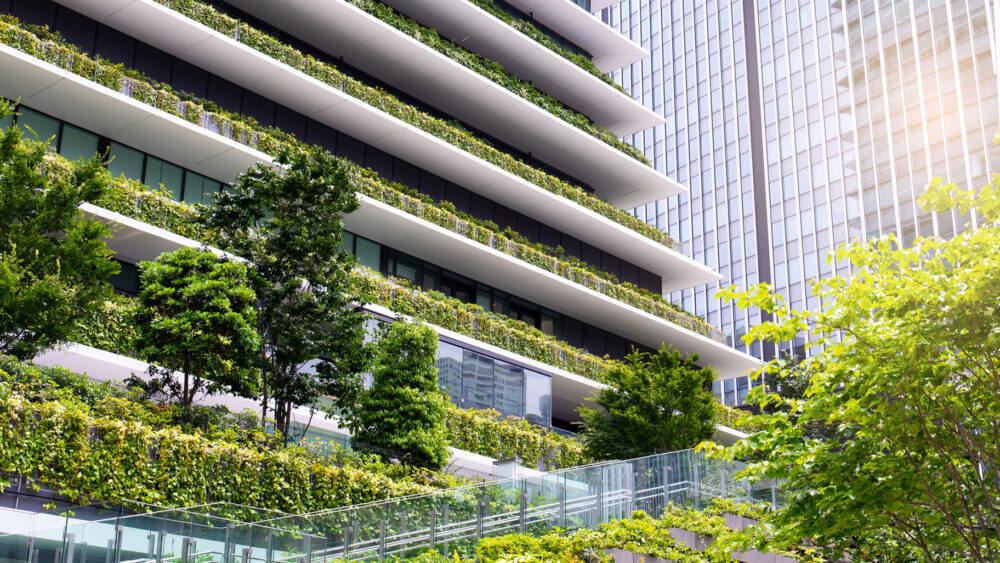
Source: nbi.iisd.org
Urban areas are increasingly vulnerable to a range of natural and human-made disasters, from hurricanes and earthquakes to cyberattacks. Building resilient infrastructure is crucial to ensure that cities can withstand and quickly recover from these events.
Resilient infrastructure involves designing buildings, transportation systems, and utilities to be robust and adaptable. For example, flood-resistant buildings are being constructed in flood-prone areas, using materials and designs that can withstand water damage. Similarly, transportation systems are being designed to remain operational during extreme weather events.
Cybersecurity is also a critical component of resilient infrastructure. As cities become more connected and reliant on technology, the risk of cyberattacks increases. Ensuring that urban infrastructure is secure from cyber threats is essential to maintaining the functionality and safety of cities.
Community Engagement: Empowering Residents
A successful urban development project is one that meets the needs and desires of its residents. Community engagement is a key trend in modern urban development, empowering residents to have a say in how their neighborhoods are developed and managed.
Participatory planning processes involve residents in decision-making, from the initial planning stages to implementation. This can take various forms, such as public consultations, workshops, and online platforms where residents can provide feedback and suggestions. Engaging the community ensures that development projects are aligned with the needs and preferences of residents, fostering a sense of ownership and pride in their neighborhoods.
Moreover, community engagement helps build social cohesion and resilience. When residents are involved in the development process, they are more likely to work together to address challenges and support each other during times of crisis. This sense of community can be a powerful force in creating vibrant, resilient urban areas.
Conclusion: The Future of Urban Living
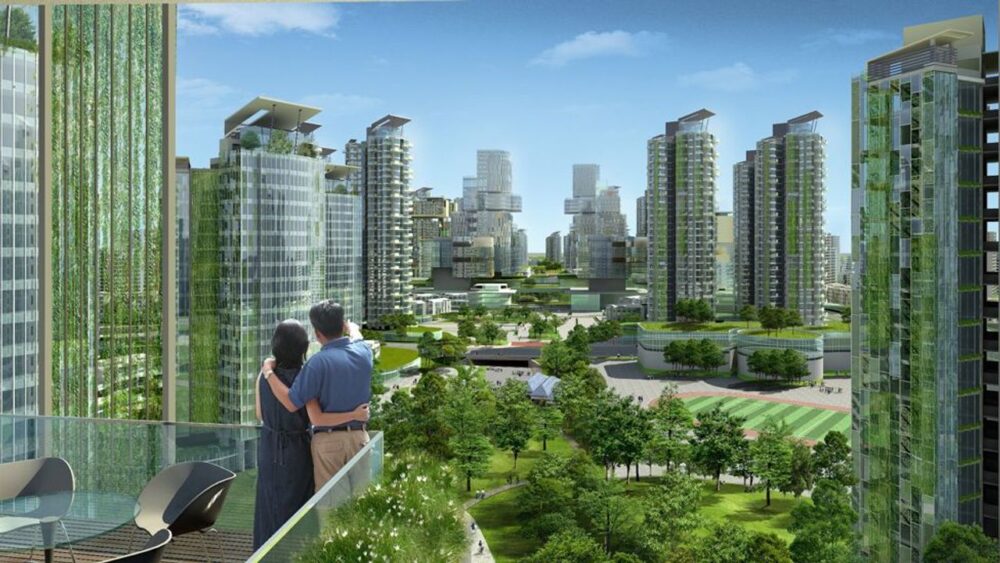
Source: bbc.com
The trends in urban development highlighted in this article reflect a shift towards more sustainable, inclusive, and resilient cities. By integrating technology, prioritizing sustainability, and involving residents in the planning process, urban developers are creating environments that enhance the quality of life for all residents.


